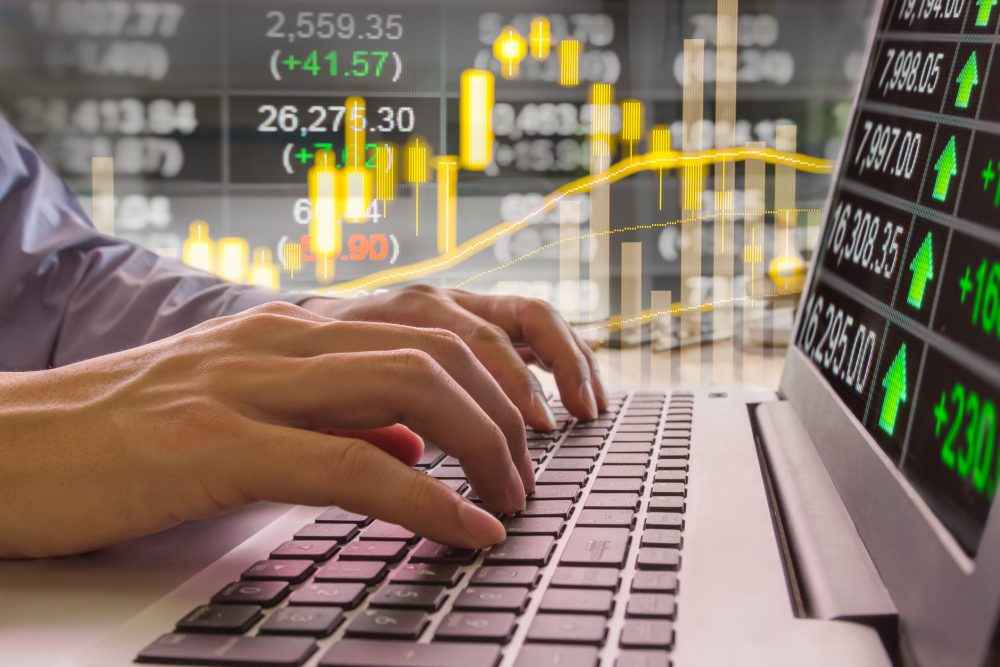

#Insider trading windows
We validate our open trading windows using a small sample of firms that publicly disclose their ITP and find that our estimates are highly correlated (approximately 60%) with the trading window dates stated in these firms’ actual ITPs. We then set simple distribution rules (e.g., the date, relative to the prior earnings announcement, at which 90% of the quarters’ trades have been executed) to estimate the parameters of the open trading windows.


Specifically, to determine each firm’s open trading window start and endpoints, we examine observed insider trades over a rolling eight-quarter period (imposing certain minimum number of trade requirements) and identify both the earliest trades following each earnings announcement and the latest trades prior to the next earnings announcement. We address this issue by using the empirical distribution of actual insiders’ trades to estimate the start and end of each firm’s allowed trading window. Specifically, firms that provide executives and employees with greater amounts of equity-based compensation may allow longer trading windows to accommodate liquidity needs.Ī major challenge with empirically examining insider trading windows is that disclosure of ITPs is voluntary, and only a small proportion of firms choose to do so. Finally, we consider whether a firm’s compensation practices might influence the length of trading windows. We also explore whether external monitoring from stakeholders may pressure firms to employ shorter open trading windows, or alternatively, that such monitoring may serve as a substitute governance mechanism that allows firms to keep trading windows open longer. Similarly, when information asymmetry builds up more quickly during a quarter, we expect that firms will close down the open trading window sooner. Specifically, we expect that the faster information asymmetry is resolved following the earnings announcement, the sooner the trading window will open. We predict that the length and timing of allowed insider trading windows each quarter are, in part, related to how quickly information is impounded in price at the time of the earnings announcement, as well as how private information about the firm tends to build up during a quarter. Regarding this last question, we additionally explore whether an abnormal absence of trading in a given quarter contains information about material future corporate events and/or results in capital market responses. Specifically, we explore the determinants of the following three corporate policy decisions: 1) How soon after each quarterly earnings announcement should insiders be allowed to trade 2) Once trading is allowed to commence after the earnings announcement, how long should insiders be allowed to trade before the window is again closed, and 3) For what types of firm-specific events will an ad hoc blackout window be imposed on insider trading.

In this paper, we provide a deeper understanding of the determinants of firms’ insider trading restrictions. These “ad hoc blackout windows,” which are undisclosed to the public, are largely unexplored in prior literature. Furthermore, in addition to these pre-specified trading windows and corresponding blackout periods, firms may impose event-specific trading restrictions on insiders (e.g., due to ongoing merger or acquisition negotiations). Although there is substantial variation in the length and timing of these trading windows, little is known about the factors boards consider when determining these constraints. These restrictions on insider trading activity potentially provide both protection from legal or regulatory action as well as liquidity and cost of capital benefits (e.g., Fishman and Hagerty, 1992). The typical trading window begins 2-3 trading days after the previous quarter’s earnings release and ends approximately 2-3 weeks prior to the end of the next fiscal quarter, resulting in an allowed trading window of about six weeks. At most publicly traded firms, an insider trading policy (ITP) establishes a pre-specified open trading window each quarter when insiders are allowed to trade, which dictates a corresponding “blackout” period in which they are prohibited from doing so.


 0 kommentar(er)
0 kommentar(er)
